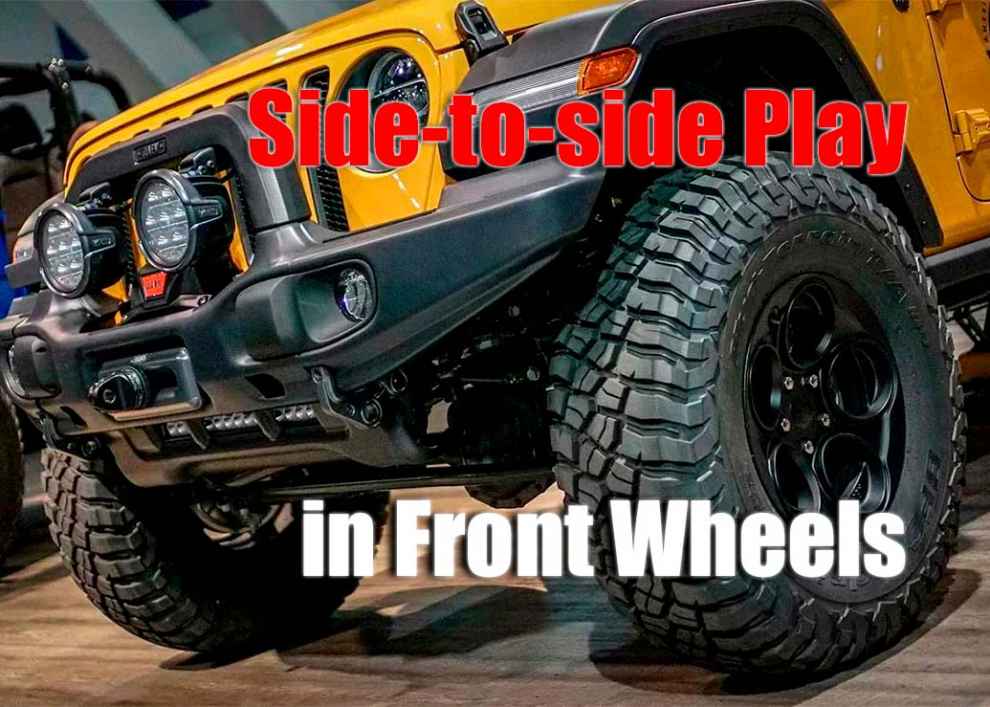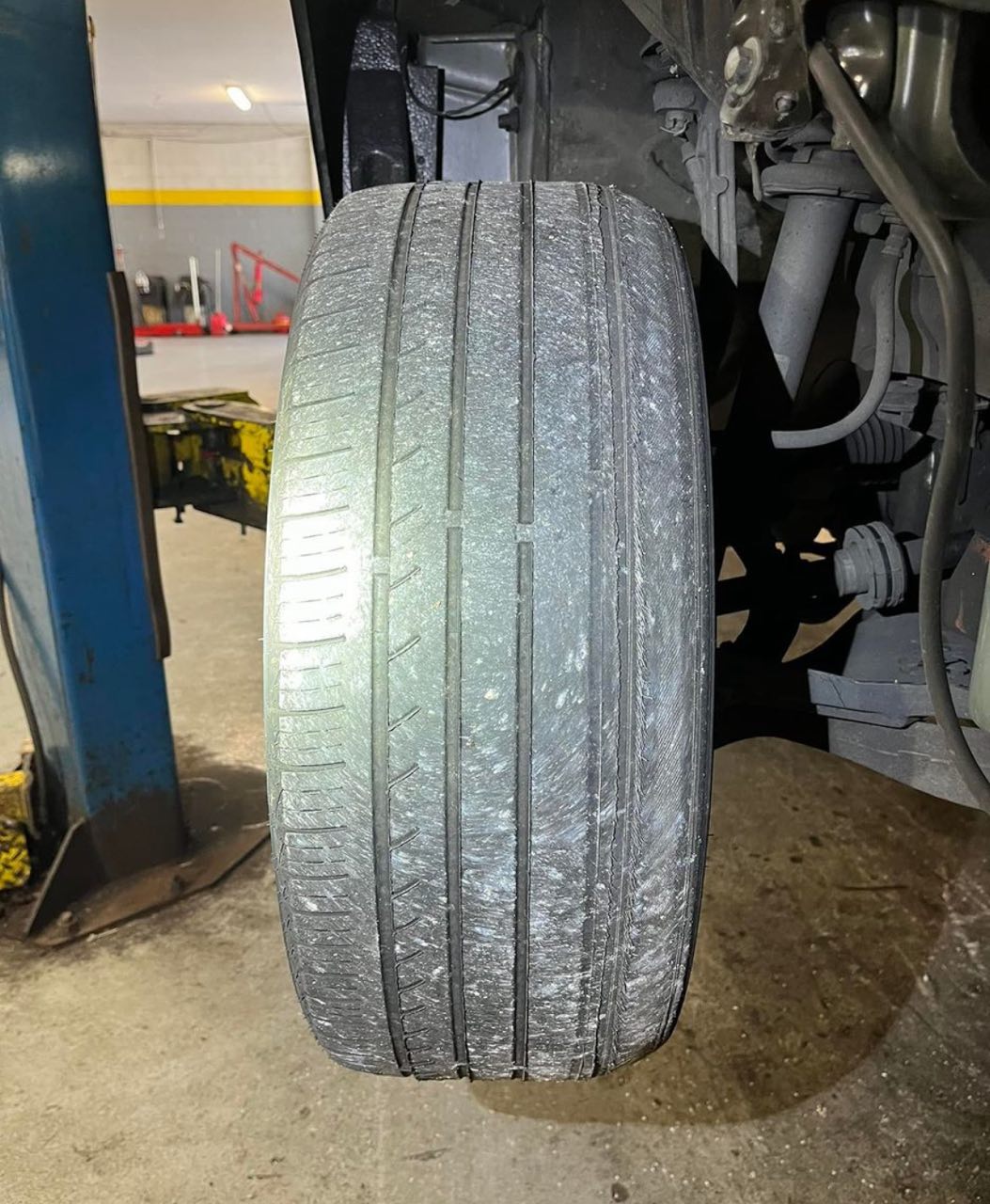The importance of having a reliable and efficient front-wheel drivetrain is undeniable for any vehicle, especially those used for daily transport. Front wheels are responsible for providing traction and stability, enabling the car to move in a safe and controlled manner. Therefore, it is essential to understand the intricacies of side-to-side play when it comes to front wheels. This guide will provide an in-depth look at side-to-side play in front wheels, what causes it, and how this can be prevented or repaired. We will also discuss the implications of having too much or too little play in your front wheels and safety considerations. By the end of this comprehensive guide, you should better understand side-to-side play in your front wheels to improve your car’s performance and safety.
Causes of Side-to-side Play in Front Wheels
When your front wheels experience side-to-side play, it is usually caused by the following:
-
Loose fittings and connections: If the nuts and bolts that hold together the steering components are not tightened properly, it can lead to excessive side-to-side play. Frequently, it’s because of improper installation or insufficient maintenance.
-
Worn-out ball joints and tie rods: Ball joints allow your front wheels to pivot up and down while tie rods connect them to your car’s steering mechanism. Over time, these components can become worn out from regular use, leading to increased side-to-side play in your front wheels.
-
Uneven tire wear: Asymmetrical tire wear could indicate too much or too little side-to-side play in your front wheels, which can cause instability at higher speeds. It’s crucial to check your tires for signs of uneven wear regularly.
-
Damaged suspension system components: Your car’s suspension system provides a smooth ride over rough terrain. Damaged parts such as shocks or struts can increase movement in the wheel assembly, causing excessive play on one or both sides.
Identifying and Diagnosing the Problem
You will need a jack stand and a lug wrench to inspect both sides while elevated off the ground to identify whether you have excessive side-to-side play in your front wheels. Start by inspecting all the fittings and connections from inside the engine bay and underneath it; if they appear loose, then this could be causing some of the wheel’s movement when driving at higher speeds. Next, check all four tires (two on each wheel) for any signs of uneven wear; if there is more visible wear on one side, this could indicate too much or too little play in one direction when driving over bumps or turns. Finally, visually inspect both ball joints (located at either end of each tie rod) for any signs of cracking or damage; if they appear worn out, this could also be a source for increased movement when cornering sharply at high speeds.
Repairing the Problem
Once you have identified the source of the problem, there are several steps you can take to repair the issue and reduce the amount of side-to-side play in your front wheels. The first step is to tighten all the nuts and bolts that hold together your steering components; this will help reduce any loose motion when turning or cornering. Second, inspect your tires for any signs of uneven wear and adjust them; accordingly, it may be necessary to rotate them and even replace some if they are too worn out. Thirdly, inspect all four ball joints for any signs of damage; these should be replaced immediately as they could cause instability when driving at higher speeds. Finally, if there are any problems with your suspension system parts, these should also be inspected and replaced. Also read here about Best Beadlock Wheels for Jeep JK.
Conclusion
Side-to-side play in front wheels can significantly affect your car’s safety and efficiency. Thus, comprehending the root causes of this problem and knowing how to detect and fix it is crucial. We have discussed the sources of excessive movement in your front wheels, such as loose fittings and connections, worn-out ball joints and tie rods, uneven tire wear, and damaged suspension system components. Additionally, we outlined a few steps you can take to repair any problems with side-to-side play in your front wheels, such as tightening nuts and bolts, inspecting tires for uneven wear, replacing worn-out ball joints or tie rods if necessary, and inspecting the suspension system parts for any signs of damage. By following these simple steps, you should be able to reduce any unnecessary movement in your front wheels, providing a smoother ride at higher speeds.

 Loose fittings and connections: If the nuts and bolts that hold together the steering components are not tightened properly, it can lead to excessive side-to-side play. Frequently, it’s because of improper installation or insufficient maintenance.
Loose fittings and connections: If the nuts and bolts that hold together the steering components are not tightened properly, it can lead to excessive side-to-side play. Frequently, it’s because of improper installation or insufficient maintenance.
Add Comment